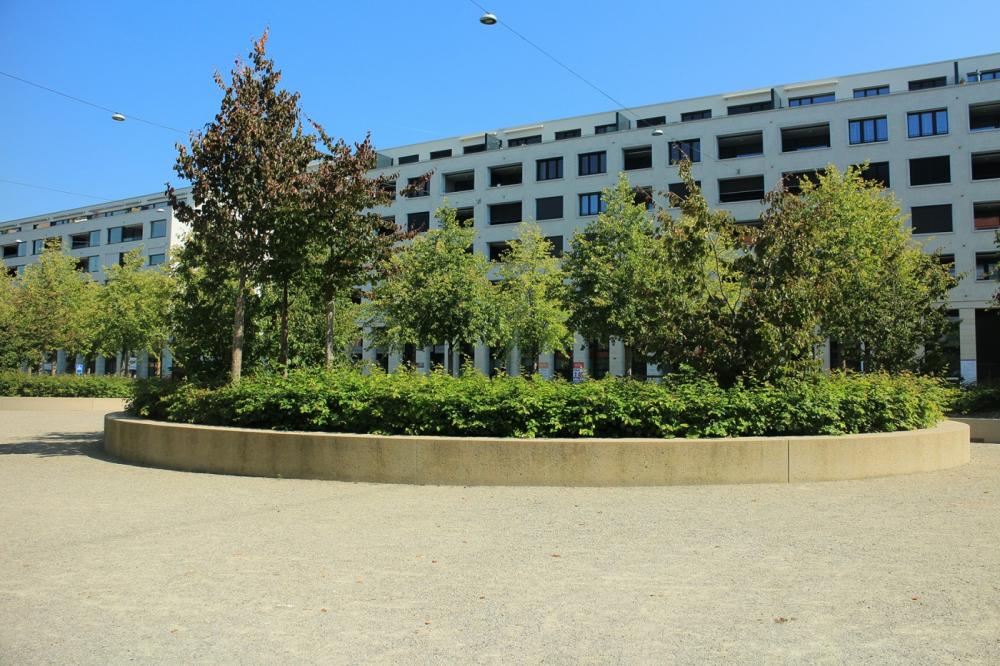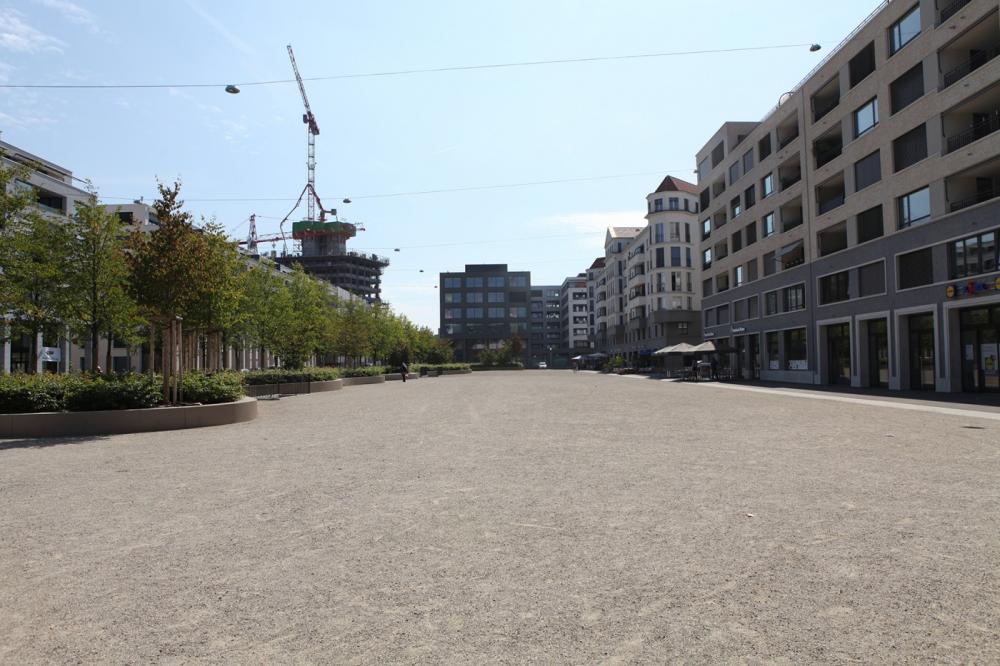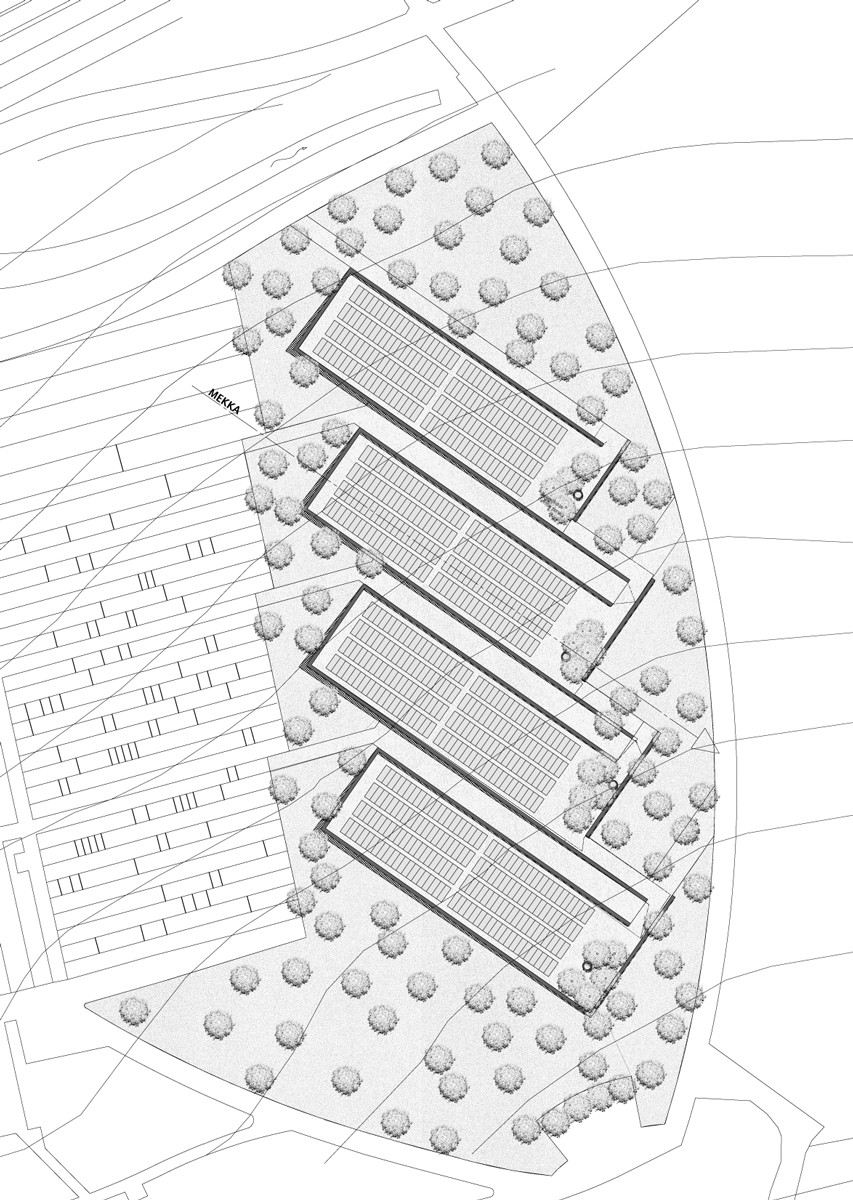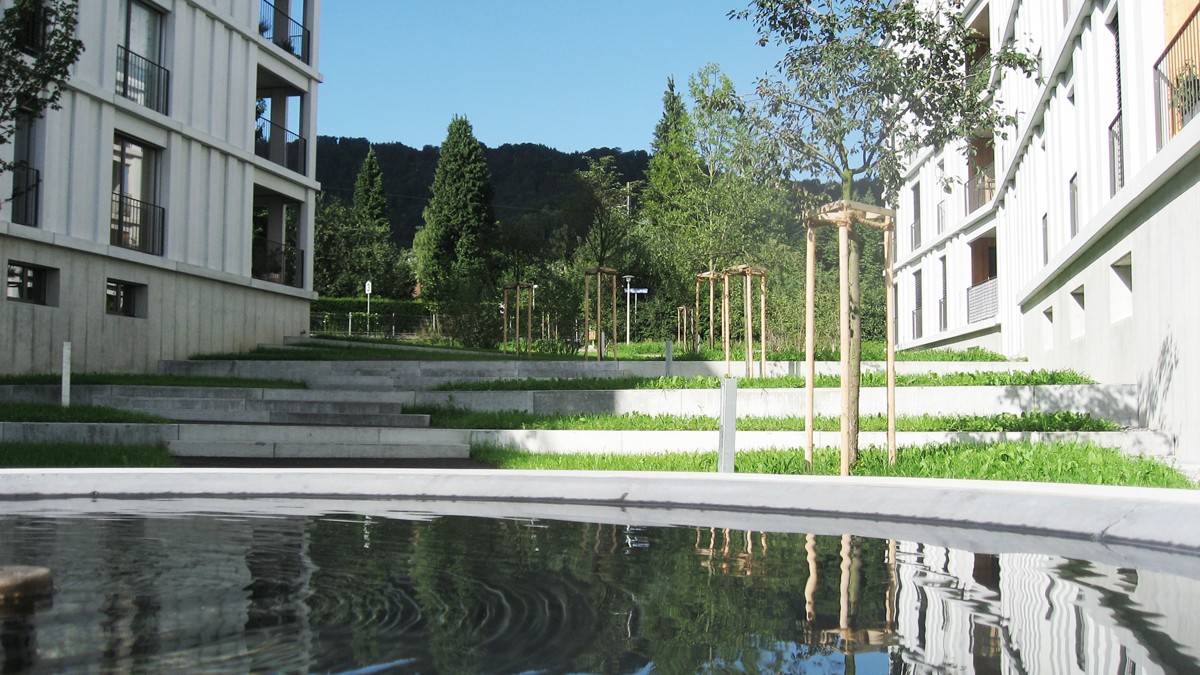Limmatfeld, Zurich
Rapidsquare
Details
Clients
Halter Immobilien
Type
Quartier
Collaboration
Atelier Prof. Hans Kollhoff GmbH
Durée
2003 - 2014
Status
Realised
Area
4 400 m²
Pays
Suisse








